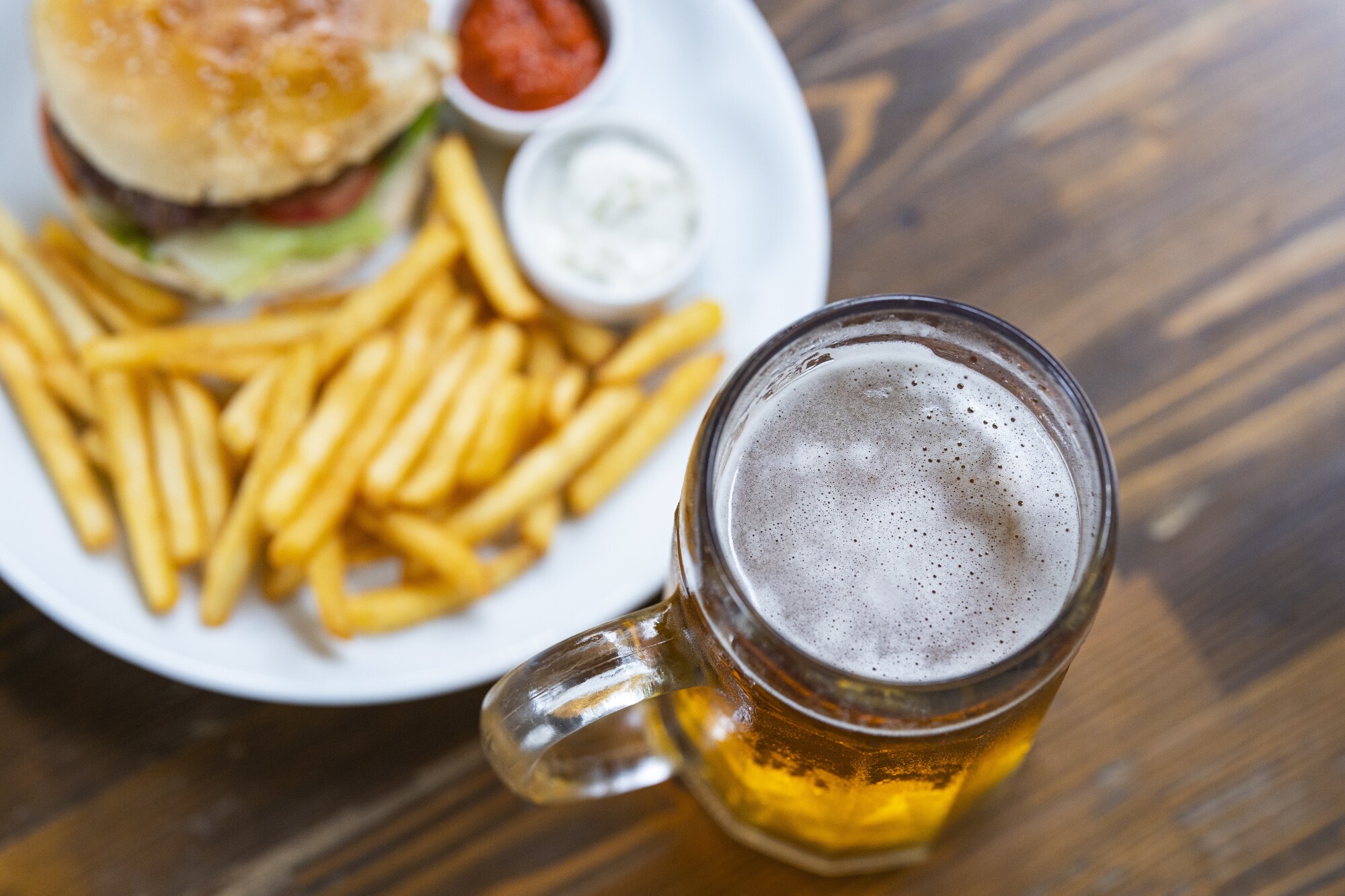
In fact, some sugar is needed for cell growth and so, more realistically, the ethanol yield is more likely 0.46 gram, and carbon dioxide 0.44 gram from 1 g sugar. Theoretically, 1 gram of fermentable sugar will yield 0.51 gram of ethanol and 0.49 gram of carbon dioxide. The above formula (equation 1) is based on an understanding of the mass balance relationship in brewing – simply the chemical relationship dealing with the conversion of fermentable sugars to alcohol, carbon dioxide and yeast biomass. Where: OE is original extract (Plato g/100g or mass/mass), A% mass is alcohol by weight, RE is the real extract and the numbers in the numerator and denominator are as described below. The relationship which is known as Ballings’s formula is: To help solve for these various terms an arithmetical relationship exists between them as attributed to Carl Balling. To keep this present article as brief as possible only the details of the calculations needed by the brewer to obtain key data are presented.įor brewers to be able to determine both the alcohol by weight and by volume for beer the following values must be known or obtained the present or apparent gravity of the beer, the real extract of the beer and the original extract of the wort. This topic has been covered elsewhere (Spedding, 2013, 2016 and references contained therein). The understanding of alcohol and extract determination is underpinned by a theory pertaining to fermentation and alcohol production, chemical mass balance relationships of fermentation and, Carl Balling’s original theoretical work in brewing science. Currently user error, both through incorrect instrument use and method performance and the use of simple formulas (often inaccurate “rule of thumb” homebrewer’s equations), is the main cause for many calculation discrepancies.
#Beer calorie calculator how to#
A review on how to determine alcohol content and extract values has appeared recently (Spedding, 2016) the reference shows the use of proper tools, methods, and robust algorithms needed to obtain accurate data. As this article is directed towards a British and Canadian brewing perspective, calories will be expressed in both US Calorie and International kJoule units.Ĭareful measurement of the original extract (OE) of the wort and terminal gravity of the beer can lead to the calculation of attenuation (fermentation efficiencies), and to determination of residual extracts (real and apparent) and alcohol content. With that said we now look at some basic evaluations and calculations to better understand key beer parameters no matter if products are tested in house or elsewhere. For European brewers and Canadian brewers there are agencies that they can consult and laboratories available to test their products. The brewer in the US might also ask if the lab is TTB certified or otherwise recognized as providing reliable data. Data must be obtained using officially approved instrumentation and methods as quickly, efficiently, and accurately as possible while all being done at a reasonable cost. If seeking an analytical testing facility for beer alcohol, extract and nutritional work, the brewer should be sure the facility fully understands how to test the beer and report the parameters.

For legal reporting purposes, the brewer must have access to expensive and officially accepted instruments for their measurements or make use of a qualified and established third party analytical facility. Though the data as obtained are to be considered as unofficial results for internal use only. The approaches here allow the brewer to obtain such information using basic instruments and robust algorithms. This brief review will illustrate how brewers may obtain such alcohol and beer extract values and then, along with optional beer protein estimation, shows how to approximate both total beer carbohydrate, and calorie information with a reasonable degree of accuracy.


 0 kommentar(er)
0 kommentar(er)
